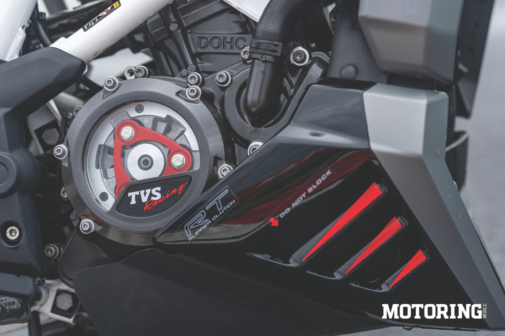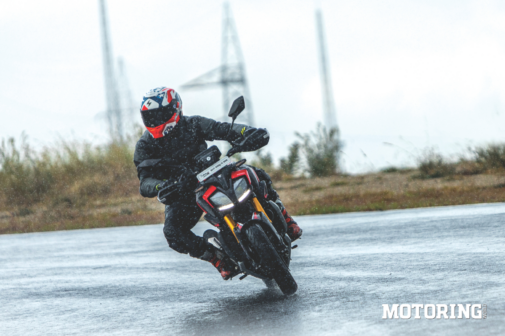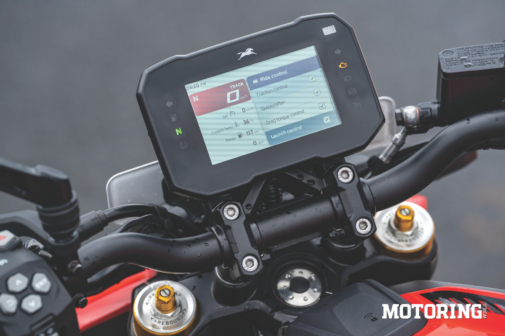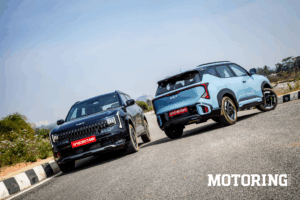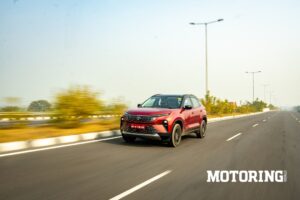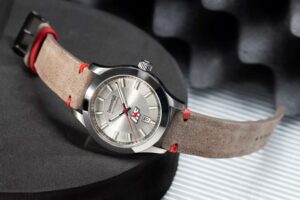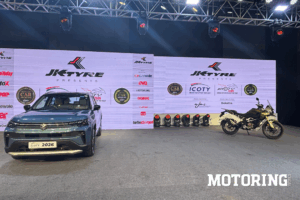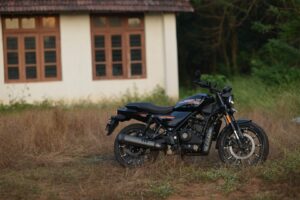There are few better ways to test electronic rider aids than riding flat out on a soaking-wet racetrack. And there are just a handful of motorcycles under ` 3 lakh that allow you to do just that without biting back. But there I was — at the CoASTT circuit in Coimbatore, the clouds having cracked open just as our group rolled out of the pits, and beneath us, the updated scalpel from Hosur — the Apache RTR 310.
TVS isn’t in the habit of updating its motorcycles with just a new livery and calling it a day. Instead, it prefers to add something meaningful — more tech, better performance, or sometimes just less weight. This time, the flagship naked arrived with launch control, drag torque control, a keyless start system, subtle cosmetic tweaks and a jaw-dropping sticker price… with a small asterisk attached. But more on that later.
The rain, to be fair, tried to spoil things. But the RTR had other plans. From the first lap, one thing stood out: the rider aids weren’t just gimmicks. The Race-Tuned Dynamic Stability Control (RT-DSC) might have been a mouthful, but it quietly did its job while I felt my way around a slick circuit. The Michelin Road 5s — not all-out track tyres by any stretch — found decent bite on the wet tarmac, while cornering ABS and traction control worked silently in the background. Surprisingly, nothing felt overtly intrusive — just quietly effective.
Even with water pooling on certain corners, the RTR’s chassis kept its cool. Unfortunately, the limited time and heavy downpour kept me from tuning the fully adjustable KYB suspension to my weight. Nonetheless, the bike felt agile and inspired confidence. Even with aggressive downshifts, the rear refused to misbehave — thanks to the new drag torque control which worked in conjunction with the slip-and-assist clutch, momentarily opening the throttle valves to let fuel slip in and counteract rear wheel torque. It was only after switching the system off that I felt the rear begin to hop and skip under hard downshifting.
The 312cc motor, shared with the RR 310, felt better tuned here for mid-range grunt and street use. Peak power sat at 35.1 bhp, but what mattered more was how the engine built speed. On a dry day, it might have felt punchy and alive, but even in the wet, it came across as usable and tractable.
What also helped was the updated gearing. With a smaller rear sprocket (borrowed from the RR 310), the RTR 310 accelerated more linearly and held gears better through flowing corners. The buzziness near the top end was still present, but far less intrusive than before. The bi-directional quickshifter — available on higher variants — worked cleanly all throughout. Shifts were smooth, and momentum stayed intact. Plus, with the new ‘torque filtering’ in play, the throttle response felt more predictable and linear than ever before.
Even so, here was the twist in the tyre tread — the RTR 310 was no longer the value-packed underdog. Not when the top spec variant, fitted with both the Dynamic and Dynamic Pro kits, touched ₹3.03 lakh (ex-showroom). That put it well above the KTM 250 Duke, and even nudged the doorstep of the 390 Duke — a motorcycle that brought more performance, more pedigree, and a lot less fine print.
Yes, the base variant started at ₹2.40 lakh, but to unlock all the trick tech — the cornering aids, adjustable suspension, launch control, cruise control and more — buyers have to shell out for both kits. And that’s when the RTR 310 starts to feel less like a killer deal and more like a calculated indulgence. Add to that another ` 10–15,000 if you want the Fiery Red or Sepang Blue paint jobs, and you are looking at a ₹3.18 lakh motorcycle — for something still powered by a 312cc single-cylinder engine.
Sure, the updates are useful, but they also come with a price. Not just a monetary one, but the kind that ask potential buyers to weigh features against performance, and badge against bragging rights. In a country that throws the ‘value for money’ card at any given chance, the RTR 310 has a lot of work cut out for itself.










